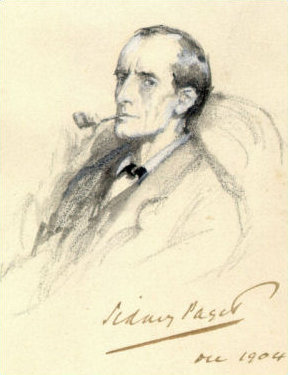I am posting some ideas here to promote discussion of the psychology of conspiracism.
I suggest that the mere fact of knowing that some events have been caused by C may overly influence an observer to look first for C even if an indifferent observer would consider C unlikely in the particular case.
By way of example, it is known that forensic investigators who have observed particular burn patterns associated with particular causes of fire have wrongly attributed all such burn patterns to the same cause, which has often led to miscarriages of justice1. We must be careful to distinguish idioscenic conjecture about C from genuine scientific conjecture about C. For example, where a large number of fires have indisputably the same cause in the same location then it makes sense for fire fighters to assume that smell, smoke or flame coming from the same location has the same cause. As an instance of this, a large number of fires were found to have been caused by a high resistance connection at the utility company fuse2.
Personal bias
What is observed or conjectured by any human observer depends not only on the method employed - it depends on what the observer is prepared to accept as capable of belief. That in turn depends on whether the person has in the course of their life been exposed mainly to science or to pseudoscience. A related problem may cause a member of a group to reject out of hand any idea coming from a non-member. Groupthink is 1st cousin to idioscenic thinking.
I propose the concept of an idioscene as a type of personal worldview which is distorted by overly subjective considerations and which is insufficiently corrected by what trained observers accept as proven facts. An idioscenic conjecture is thus a conjecture which excludes from consideration facts which most educated people take for granted and which incorporates ideas which most educated people consider unlikely to be true.
Conspiracy theory
A conspiracy theory is any conjecture which suggests that two or more persons have, through secret means, caused an event or have tried to cover up the occurrence or cause of an event. I suggest that almost every conspiracy theory starts out as an ideoscenic conjecture. It is probably rare that a conspiracy theory was formulated by committee.
Alloscenic conjecture
The more an ideocentric conjecture matches another person's idioscene, the more likely it is that the conjecture will appeal to that other person. If many people adopt the conjecture as an explanation of an event they will each likely adapt their idioscene to fit the conjecture more closely. At this point the conjecture might more properly be named an alloscenic conjecture.
Holoscenic conjecture
The idioscenic or alloscenic conjecture examines only what is subjectively believed to be possible. What is implausible in the cultural worldview is not taken into consideration.
Contrastive with the unscientific alloscenic conjecture is the scientific holoscenic conjecture. The scientific method excludes as impossible whatever does not obey the laws of physics and examines what remains in terms of probability.

"How often have I said to you that when you have eliminated the impossible, whatever remains, however improbable, must be the truth?"Image courtesy Wikimedia
Sherlock Holmes, The Sign of Four
Discussion
A scenario put forward to explain some event, whether originated by lay person or expert, should not only be subjected to Occam's Razor. - the possibility of idioscenic conjecture should always be considered.
References
1 Habeas Relief From Bad Science: Does Federal Habeas Corpus Provide Relief for Prisoners Possibly Convicted on Misunderstood Fire Science?
Marc Price Wolf
Minnesota Journal of Law, Science&Technology, Volume 10, Issue 1 (Winter 2009), pages 213-253.
ahc_asset_366023.pdf
2 Fires Originating in Electrical Intakes July 2010
East Sussex Fire and Rescue Service (ESFRS)
Black Museum.
.





Comments